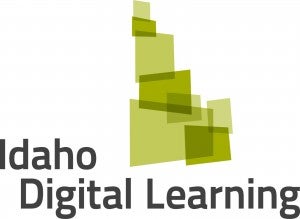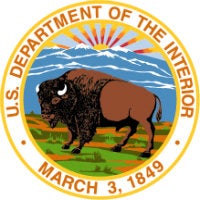Five teams comprised of nineteen graduating Boise State Computer Science students participated in the College of Engineering’s Senior Design Showcase. Nineteen sponsors submitted project proposals this year with five projects being accepted for NGOs Idaho Digital Learning Academy and the Department of the Interior, and local Boise tech companies Balihoo, Clearwater Analytics, and CradlePoint. Congrats to these great seniors for some terrific projects which all have been, or will soon be, marketized!
Read more below about each individual project. Do you have an interesting project for next year’s seniors? Check out our Sponsors/FAQ page to learn more about the proposal submission process and qualifications.

Local Search Engine Optimization (SEO) for Balihoo
Stephen Porter, Alberto Ruis, Keith Ward, and Roman Wisniewski
Local search engine optimization is becoming more important with recent numbers from Google claiming that over 30% of all search (and 50% of all search from mobile devices) has local intent. These Searchers are looking for local businesses and can be considered much further down the purchase funnel than someone using the web simply to begin their products/services research. Auditing local SEO for current and potential customers is often time consuming and difficult to scale due to multiple sources of information, frequently changing best practices, an ever-evolving Google algorithm, and manual evaluation of results. There is a need for an automated Local SEO Audit tool to assist in this highly valuable process. this tool should generate both an audit report and an audit score. The audit report will be used in determining where SEO analysts and engineers should concentrated their optimization efforts as well as identifying common strengths/weaknesses across a client-base. The audit score will be used to baseline the local SEO health of new sites and to track improvements over time.

Security Price Correlation for Clearwater Analytics
Kai Boschma, Ian Brune, and Patrick Dodgen
Create a web accessible resource that publishes a price correlation metric of the Dow Jones Industrial Average stocks over the last 60 days. The resource should have both standard HTML and alternate JSON format.

Router API Solution for CradlePoint
Melissa Neibaur, Michael Perez, Sasa Rykman, and Sean Wright
The heart of CradlePoint Series 3 device configuration is based upon a REST API. The CradlePoint router GUI securely interacts with this API using JavaScript and HTML delivered to a web browser providing a user the ability to configure the device and read status. We are looking for a unique solution that highlights the underlying API.

Predicting Student Outcomes for Idaho Digital Learning Academy
Nicholas Bender, Jacob Strength, Zachary Wegrzyniak, and Justin Woodland
Each year, students take Idaho Digital Learning Academy (IDLA) courses and collaborate on discussion boards, take assignments, and communicate with their teachers. Progression through the content, communication with the teacher, and participation in discussion boards are tracked and monitored at a detailed level. Patterns in participation have been recognized by teachers to indicate final course performance but no definitive predictors for course performance have been identified. The proposed project would be to quantify the predictors of final course performance based on patterns of student behavior or performance within the first two weeks of course participation. These predictors would then be used to communicate with staff members or parents who can provide interventions and support early in the course.

Mobile App for Pilots for the U.S. Department of the Interior
Drake Gebhart, Michael Hance, Chad Weigle, and Nilab Mohammad Mousa
Our business model requires the 100+ pilots who fly our aircraft to report their flying time to us. We, in turn, bill the bureaus for their flying times so we can recoup the expense of fuel, maintenance, etc. We also use the AUR data to track how many more hours an aircraft can fly before the next required maintenance inspection. The more current the AUR data, the better we are able to manage our maintenance needs. However, our pilots are increasingly using iPads and other tablets in the cockpit for up-to-date maps/charts, airspace updates, weather advisories, etc. The tablets are very cost effective because they replace papers charts updates that cost $400-500 per year. We are now at the point where our pilots don’t want to carry laptops on the roads because the tablets work so well. If they wait until they return to their office laptops to submit use reports the usefulness of the reports for maintenance management is markedly lower. This project requires the team to adopt a first-generation aircraft use report (AUR) application written for Windows-based laptops to a more convenient second generation app which will work with iPads and other common tablet operating systems (e.g. Android).